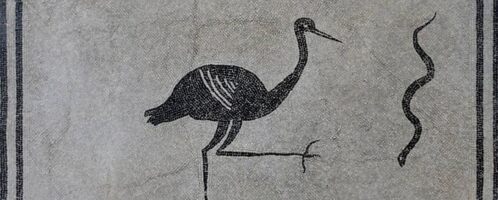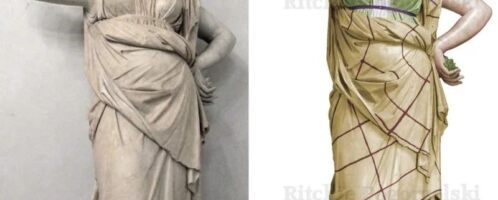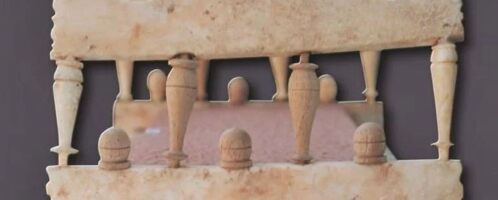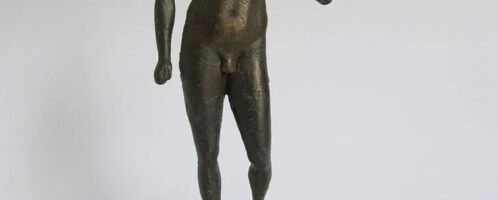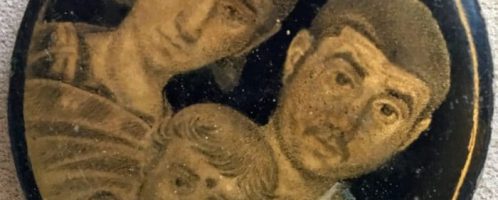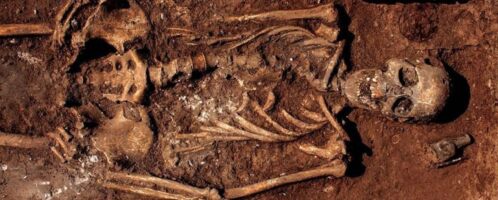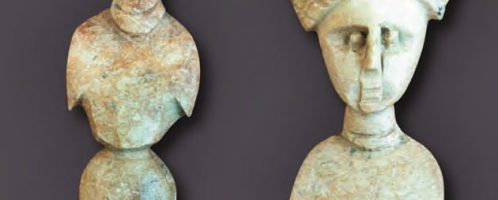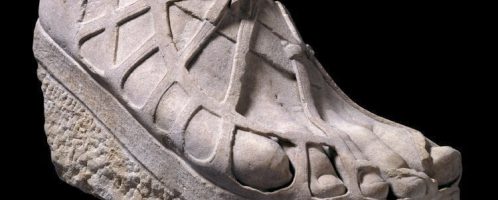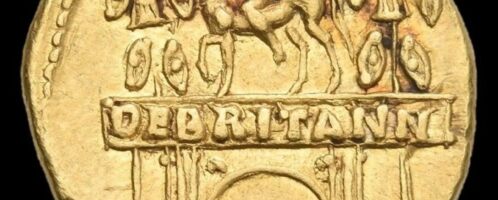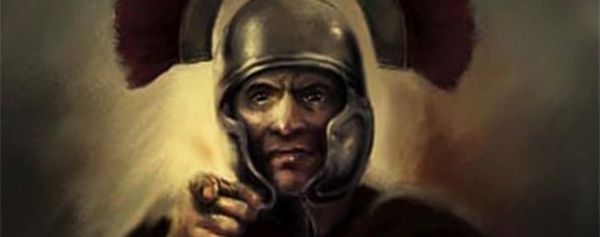If you have found a spelling error, please, notify us by selecting that text and pressing Ctrl+Enter.
Curiosities of ancient Rome (Artifact)
The world of ancient Romans abounded in a number of amazing curiosities and information. The source of knowledge about the life of the Romans are mainly works left to us by ancient writers or discoveries. The Romans left behind a lot of strange information and facts that are sometimes hard to believe.
Roman children’s toy in shape of bed
Roman children’s toy in the shape of a bed, carved from animal bone. The object dates to the 2nd – 3rd century CE. The artefact was in the girl’s grave at the Pećine archaeological site, near the ancient Viminacium (near present-day Kostolac, in eastern Serbia). The object is on display in the museum in Požarevac.
Roman figurine of Apollo
Roman figurine of Apollo, made of bronze. The object dates to the 2nd – 3rd century CE. The artefact was found in the ancient Singidunum (now Belgrade, Serbia). Currently, the item can be admired in the city museum of Belgrade.
Roman medallion showing family
Roman medallion made of gold and glass on which you can see the Roman family. Object dated to the 3rd century CE. Located in the Vatican Museum.
Roman skeleton and glass bottle
Roman skeleton and glass bottle were found in an ancient grave from the 4th century CE. The tomb was in the necropolis of Jagodin Mala (ancient Naissus), today’s city of Nis, southeast Serbia.
Hairpins in shape of women’s busts
Roman hairspins in the shape of women’s busts. The objects were made of ivory and are dated to the 1st- 2nd century CE. Objects were found in one of the graves in the remains of Viminacium, a Roman city located near modern Kostolac, in eastern Serbia. Currently, the objects are in the collection of the museum in Požarevac.
Fragment of Roman couch with footstool
Roman couch with footstool. The object has bone and glass decorations. Dated to the 1st century CE.
Coin to honor victories in Britain
Golden aureus minted between 46-47 CE during the reign of Emperor Claudius. The coin was created in honour of the first victories of the Romans in Britain. This is evidenced by the visible triumphal arch, an inscription referring to Britain, the silhouette of the horseman (perhaps Claudius himself) and a tropheum made of the opponent’s weapons.

